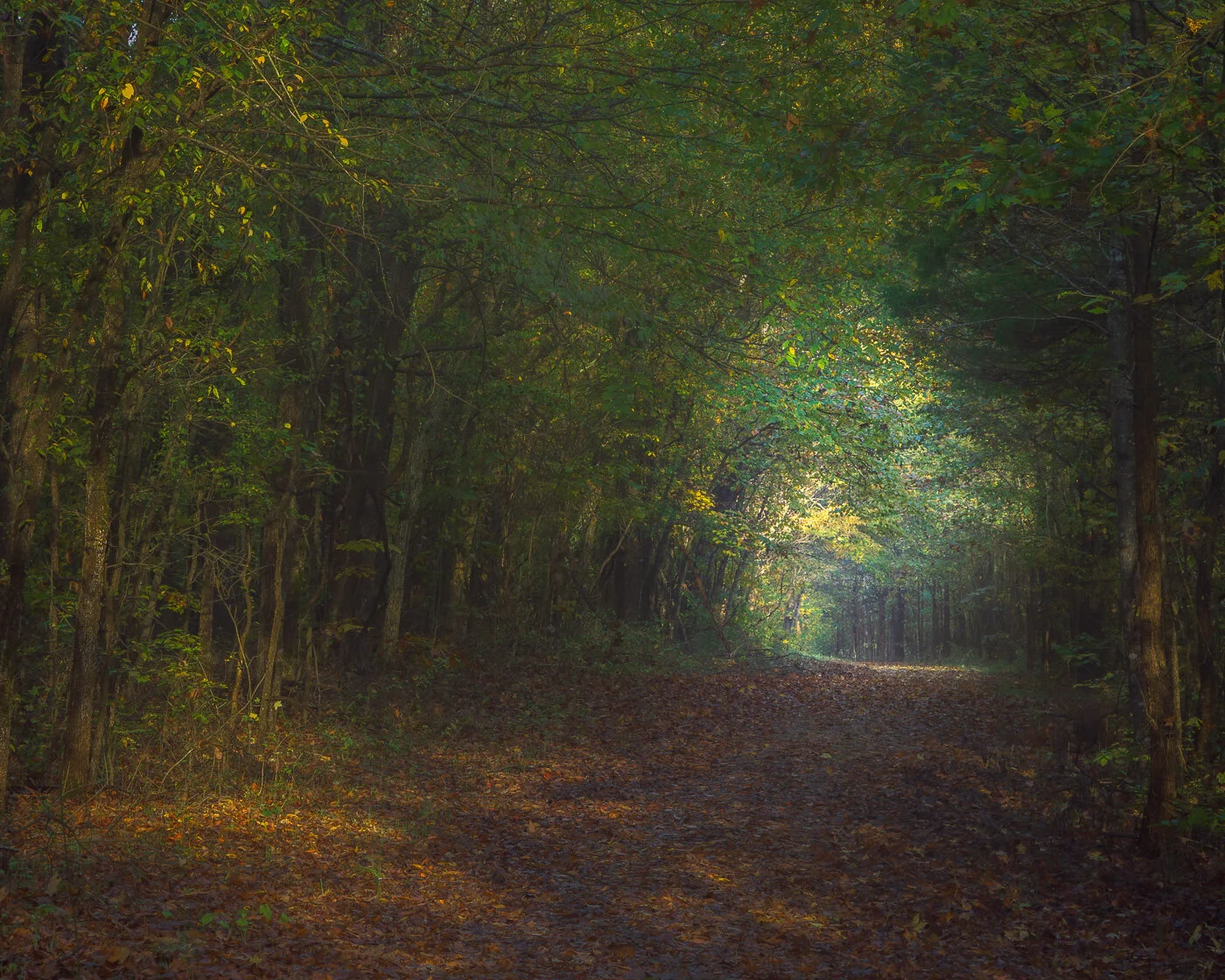This is the longest snowy, cold spell we’ve had in many years. On Monday, big, soft flakes came blanketing down, so it was time for a quick trip to a nearby woods.
One of the first poems I can remember is Robert Frost’s Stopping by the Woods on a Snowy Evening. Seemed like he had the perfect name to write a poem as that which ended:
The woods are lovely, dark and deep
But I have promises to keep,
And miles to go before I sleep,
And miles to go before I sleep.
Or a bit of William Carlos Williams, Winter Trees.
Thus having prepared their buds
against a sure winter
the wise trees
stand sleeping in the cold.
Today’s Abraham Lincoln’s birthday. One of my pleasures practicing law across Illinois was travelling the state, and running through the aspects of case in my head as the landscape went by. Racing across in the car had no comparison to Lincoln’s journeys as he rode the circuit. Carl Sandburg described a bit of it in The Prairie Years:
In the nine, and later, 15 counties of the Eighth Judicial
District or "Eighth Circuit," Lincoln traveled and tried
cases in most of the counties, though his largest practice
was in Logan, Menard, Tazewell and Woodford, which
were part of the Seventh Congressional District. He rode
a horse or drove in a buggy, at times riding on rough roads
an hour or two without passing a farmhouse on the open
prairie. Mean was the journey in the mud of spring thaws,
in the blowing sleet or snow and icy winds of winter. Heavy
clothing, blankets or buffalo robes over knees and body,
with shawl over shoulders, couldn't help the face and eyes
that had to watch the horse and the road ahead. Former U.S. poet laureate Billy Collins wrote Snow Day, and from that:
In a while, I will put on some boots
and step out like someone walking in water,
and the dog will porpoise through the drifts,
and I will shake a laden branch
sending a cold shower down on us both.
From Mary Oliver’s Yes! No!
How important it is to walk along, not in haste but slowly, looking at everything and calling out
Yes! No! The
swan, for all his pomp, his robes of glass and petals, wants only to be allowed to live on the nameless pond. The catbrier is without fault. The water thrushes, down among the sloppy rocks, are going crazy with happiness. Imagination is better than a sharp instrument. To pay attention, this is our endless and proper work.
From Claude McKay, The Snow Fairy:
Throughout the afternoon I watched them there,
Snow-fairies falling, falling from the sky,
Whirling fantastic in the misty air,
Contending fierce for space supremacy.
This scene stopped me. The black tree, the white tree. “To pay attention, this is our endless and proper work.”






































































































































































